ABOUT JETEX
Why we're here
Jetex.org exists to serve the world-wide community of enthusiasts for models powered by micro rocket motors, especially those exemplified by the Jetex series of engines.
Our mission is to be the premier Web resource for information and advice about such models and the motors that power them.
Who's behind it?
Jetex.org is the collaborative effort of enthusiasts from around the world. Contributors come from Australia, Canada, England, France, Germany, Japan, South Africa, New Zealand, the United States, and Wales. Their names can be found in the 'Acknowledgments' section at the foot of every content page.
The Jetex.org website is owned and managed by Dr Roger Simmonds (right) of Offord Darcy in the United Kingdom.
How we got here
The Jetex.org domain was founded in 1999 by Dr L Edward Jones (below left), a life-long rocket enthusiast and current doyen of the Jetex Propulsion Lab (JPL).
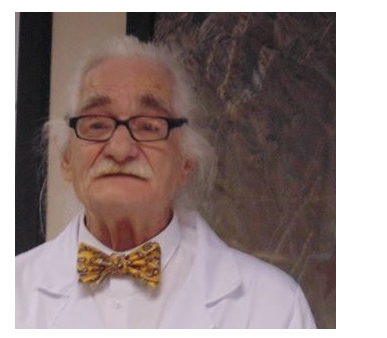
Under his direction, Jetex.org quickly established itself as a definitive source of Jetex history and technical information.
2002 witnessed changes in management. Jetex.org reappeared in a new guise at the year's end under the ownership of Ben Nead of Tucson, Arizona, USA, and the website was expertly developed and greatly expanded by by John Miller Crawford of Auckland, New Zealand. The site covered not only topics of interest to modellers wanting to make and fly small model jet planes, but also explored the history of Jetex motors in the UK, Europe and the US and the selection of plans grew year by year. The discussion forum was very lively at that time (2004-2008) with contributions from the World's leading rocketeers .
Both John and Ben moved on in 2010, and all the Jetex.org content was was archived at the end of that year. Note this old site is still accesable.
Today, 2014, we have a brand new website produced by Roger Simmonds, one of the original contributors to the old site. We hope the new site will enhance the definitive status Jetex.org gained as the internet's premier source of information about making and flying small free flight aeroplanes (and hydroplanes) propelled by small rocket motors, whether Jetex or Rapier.
How you can help?
First, please join the discussion forum, and read the blogs, and even respond to them! Also, if you know of a plan, an article, a micro rocket motor, or an historical fact that is not documented on this site, please let us know! You can find details of how you can contribute copies of material on our 'How to Contribute' page
Jeticopter May 5th 2024
Things have been quiet on the Jetex blog front lately and recently Roger gently nudged me and suggested an update might be in order. I will say I’ve not had that much time for model flying and development of late due to some outside interference. In fact one of my ideas for the Jeticopter somehow or other led me into making some other distinctly unJetex things. And these, while making nice presents, don’t represent progress on the Jeticopter front.
Neverthless, this is one of several earlier Jeticopter versions. It has a 3D printed fuselage from what is called lightweight PLA. The hinges, blade holders and motor holders are made from red PLA and have brass hinge pins.
One of my goals with the Jeticopter, or the Terrycopter as one of the MakerLab boys christened it, is to make as many parts as possible laser cut or 3D printed. I especially wanted to eliminate the bending of piano wire, cutting of brass tube, binding with stout thread and securing with balsa cement that looms so large in the original Jeticopter instructions. To achieve this I spotted an idea called a living hinge.
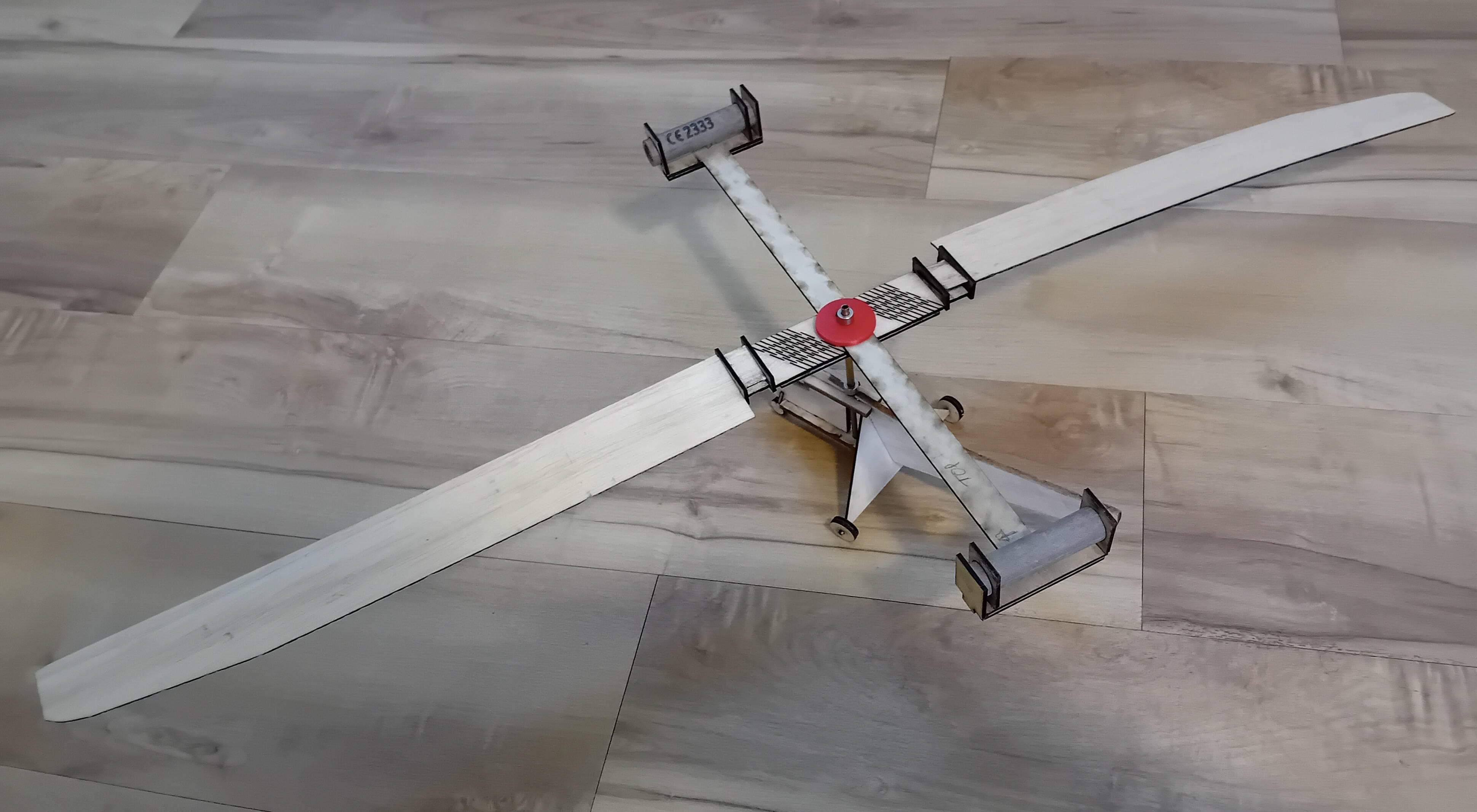
So this is a revised version which is much lighter and gets closer to the design parameters that I found in the Frank Zaic manual that I wrote about in the last blog. Here the motor holders, fuselage and the hinges are all laser cut. I’m using a combination of balsa and 1 or 2mm plywood for these parts.
Now the living hinge, which you'll see here, is a way to implement a hinge without a hinge pin. You’ve probably have encountered one of these before as they are often used in plastic boxes with integral tops. Now the idea has been extended to laser cut materials such as ply or plastic.
This entails taking a reasonably sturdy material, plywood or plastic, and cutting it in such a way that it can be bent on the desired axis. While I was playing around with the design for the Jeticopter hinge my friend Gerlinde spotted my drawings and decided that such a concept would make a nice plant holder if modified just a little.

And here's one of them. These are made from 2mm thick ply.
But back to model aircraft — in the latest version most of the parts are laser cut. There’s just a couple of 3D printed plastic parts, the ones in red, a length of brass tube and 4 steel collets. The fuselage has laser cut parts from 3mm balsa or 1mm ply. The whole thing weighs in at 89gms with two unused motors. So, much closer to specifications seen in Frank Zaic’s annual.
So, all this good stuff that means there must be some snags !
Indeed so and I’m still working through these. The main issue is coming up with a cut pattern that provides sufficient ‘hinge-ability’ without compromising the shear strength of the material. As we know the whole Jeticopter concept hinges (tee hee) around the necessity for centrifugal forces to keep the rotor plane flat under power. Then, as the power phase ends the rotor disc cones up which, because of the ‘delta hinge’, gives a negative rotor angle of attack which allows an auto rotation descent. Effectively the rotor has been turned into a centrifugal governor controling the rotor blade angle of attack.
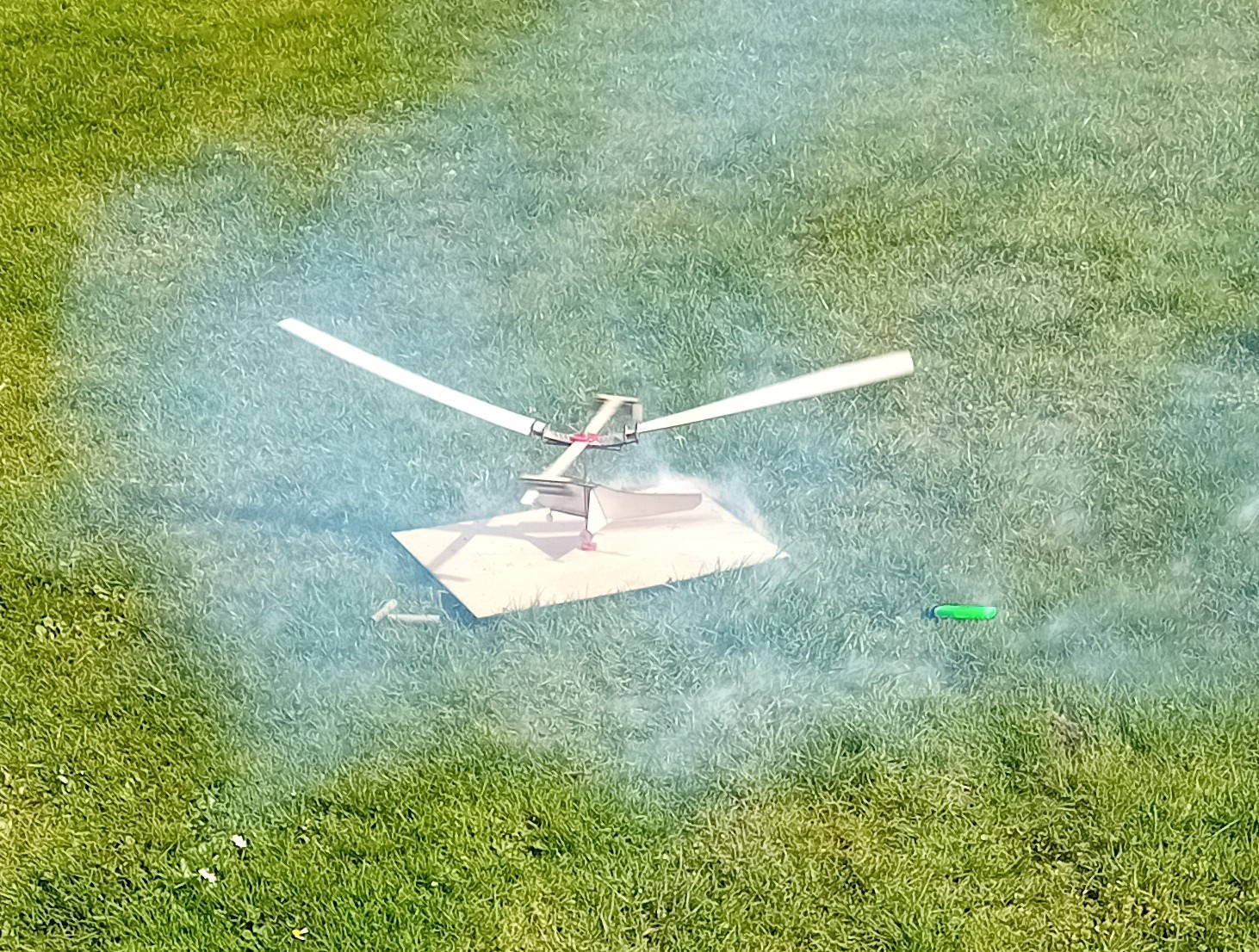
In this image we see a Tendera L2 powered attempt and as is clearly seen the rotor disc is anything but flat. The next attempts, which sadly I don’t have pictures of, followed an upgrade to L3 power. With these the rotor speed and the centrifugal force was sufficient to shear the living hinges as the rotor got up to speed! Next weeks work will include laser cutting some 4mm plastic to make a more robust hinge.
In addition I've had problems of getting both motors started simultaneously. Now, it must be said that starting Tendera motors with the green certificated fuse is way, way easier than preparing a traditional Jetex motor with gauze, spiral fuse etc. However, when one must start two motors simultaneously one starts to think, ‘perhaps there’s a better way’. I’ve been using the green fuses supplied with the Tendera certified motors and lighting first one fuse at its end and the second fuse about midway along its length - with the hope of getting a more or less simultaneous lite off of the two motors. If one has a lighter that stays lit this works fine but with cheap disposable lighters and cold days getting two lit simultaneously has not always been possible. In any event it would be nice to be able to set the model up on its launch stand, retreat to a safe distance, set the cameras rolling and flick a couple of switches to get a simultaneous double ignition every time. Ideally after a suitably stirring and dramatic, Jeff ‘Thunderbirds’ Tracey, style Five, Four, Three etc.
To this end I’ve been developing a two channel electrical ignition.

This contains two hefty NIHM cells, a circuit board so that these can be recharged from a phone charger and the switches you see here. Two loops of nicrome (resistive) wire are pushed into the nozzles and away, I hope, we go. The box is also laser cut from ply.
I’ve already concocted a simple launch stand with a vertical rod. The Jeticopter mast is abrass tube which threads over the rod. This will, I hope be rather better than hand launching with the fuselage held in the left hand while the right hand flicks frantically at the trigger of a disposable lighter trying to get the second fuse going. We'll see.
More soon...
29th January
Design Considerations
So, in my last report on Jeticopter progress I was grumbling about not having data about how much a Jeticopter should weigh. Since then I've stumbled upon, online, a very useful Frank Zaic yearbook from 1950, which as well as giving a wealth of good info of interest to the free flight fraternity, gives me some data on various Jetex powered rotary wing craft of different sizes.
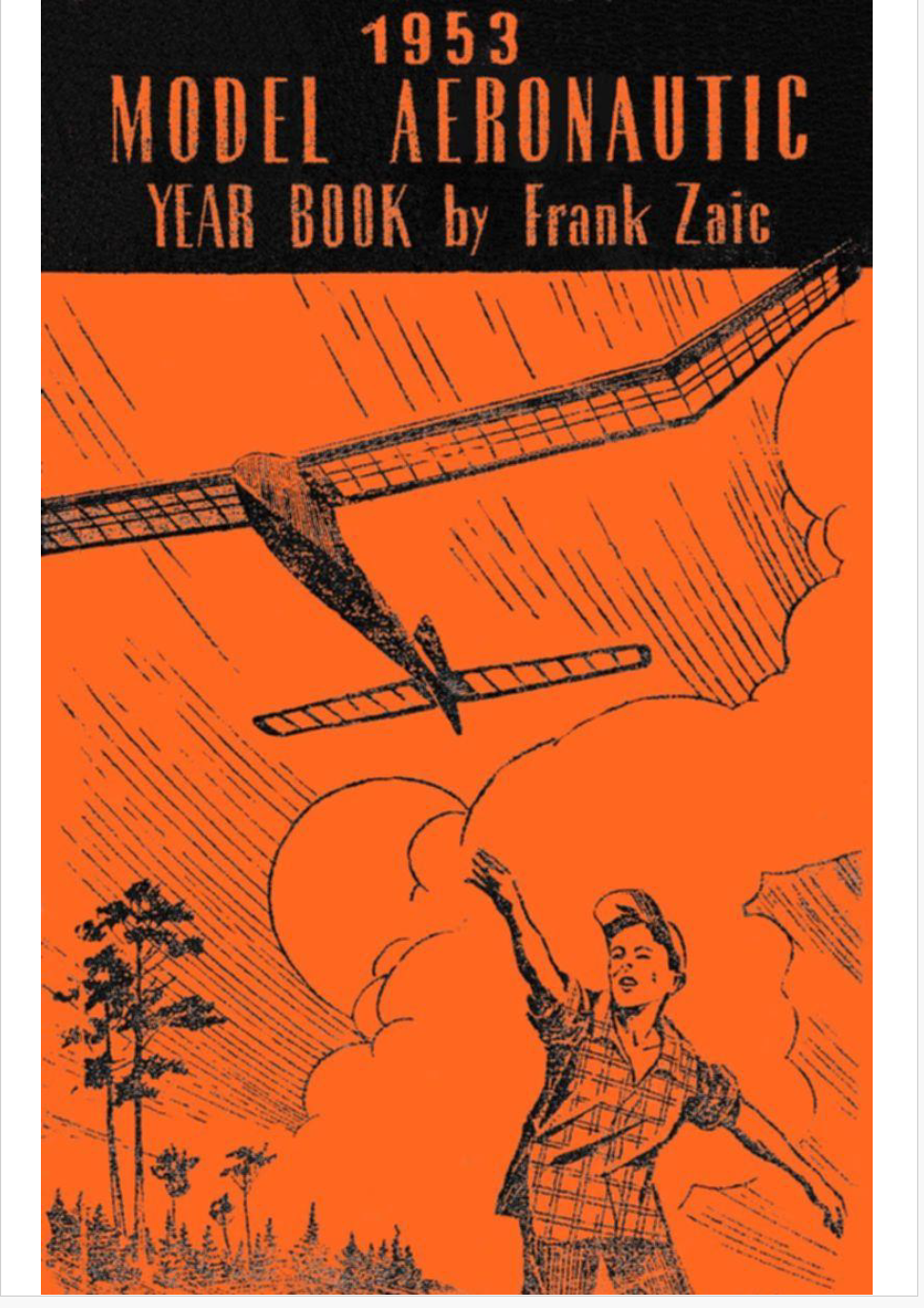
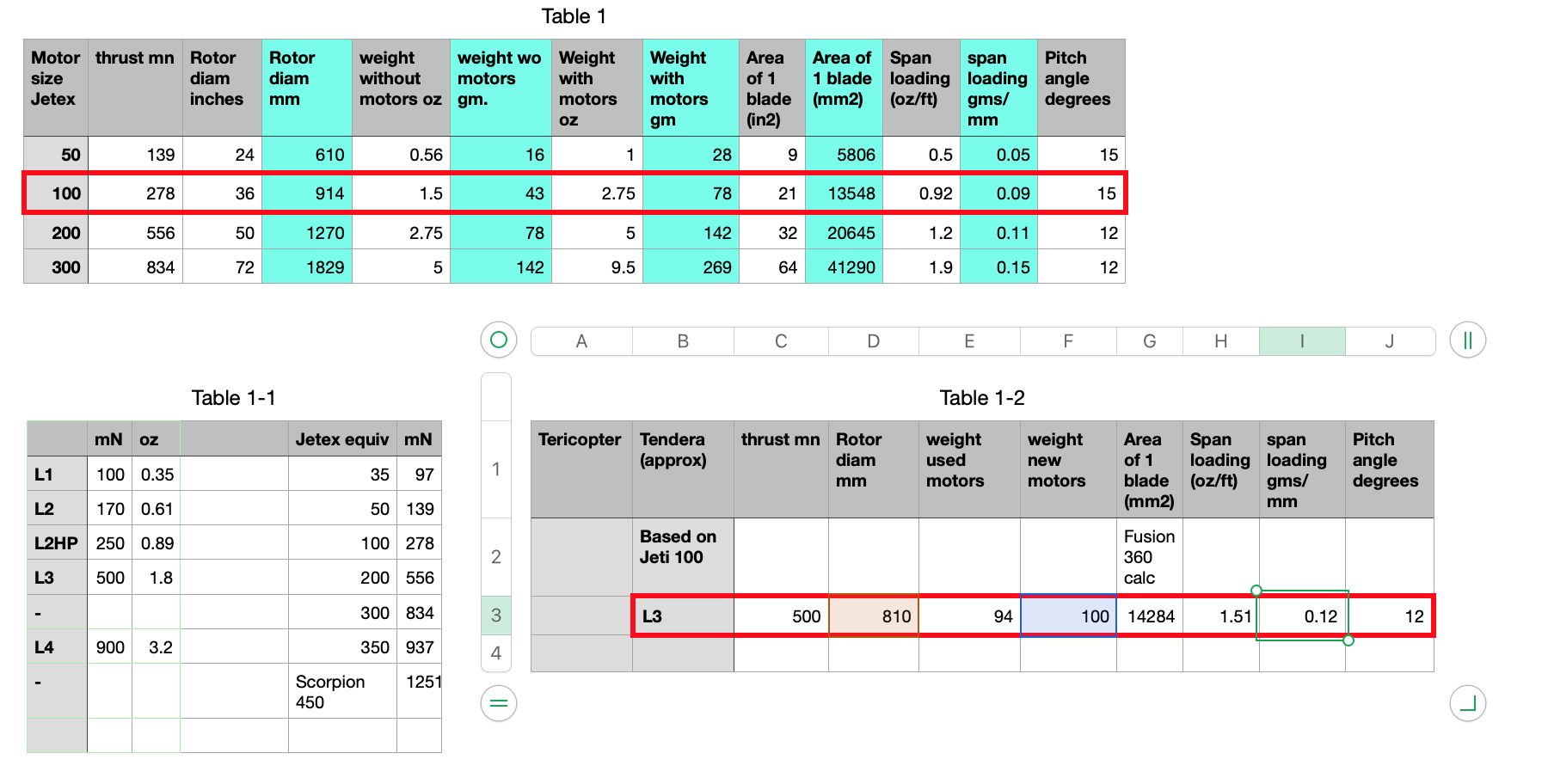
Jeticopter latest. January 1st.
I've now managed several flights with the Tendera powered Jeticopter and although there's still some work to do I am making progress. Additionally, I'm finding out a few things about rotor lifted craft.
Having decided, after the earlier attempts that the model needed a considerable weight loss program, I created a new fuselage and landing gear. The new fuselage is considerably smaller and lighter than previously. Now, I haven't seen any figures for how much the various designs of Jeticopter/delta hinged rotorcraft are expected to weigh. With kit based designs, the target weight and the precise spec. of all parts is not always stated. One is expected to use the bits provided in the kit and what you get is what you get!
Anyway, with a new fuselage, 3D printed in lightweight PLA - based roughly on the Jeticopter outline and 'lofted' from the fuselage former outlines shown on the plan, I came up with a new all up weight (with used motors installed) of 102gms.
I decided to lock the rotor angle, for experimental purposes, to a positive AoA. From my earlier trials I'd thought it possible that, perhaps either the rotor was not spinning fast enough or the rotor blade mass was insufficient to ensure a positive AoA under power. - The Jeticopter hinged rotor works a little like a centrifugal governor. When spinning fast under power the rotor disc should be flat and the 'delta hinge' induces a positive AoA. At the end of the power run, as the rotor slows down, it should cone up and when it does the delta hinge induces a negative AoA. This to permit a 'autorotation' style - gentle - descent.
Anyway, with a fixed positive AoA, if the rotor was spinning fast enough and the weight low enough we should at least see an ascent ibut not a autorotation descent.
I decided to hand launch - to eliminate the possibility of the Jeticopter hanging up on the launch rod. So with two fresh L3s installed, and wearing my safety goggles, I lit the fuses (first one at the end of the fuse, second one half way down) and was pleased to see both motors striking up pretty much simultaneously.
So, holding the model by the lower part of the fuselage I raised it up and released it. There was pretty much no wind and at first the model, clearly ascending, stayed pretty much directly overhead. This made it hard to judge the height and it was only as the motor run came to an end that I was able to see that the model was maybe 50ft in the air.
Then, as the rotor slowed down the model descended until, with the rotor pretty much stopped, it flipped inverted. Now, with a negative AoA the rotor started to rotate again (!!!) and so the model reached the ground relatively slowly and was undamaged.
The interesting point here is how stable the spinning rotor is in respect to the horizon. I'd noticed earlier that regardles of launch angles and various ups and downs the rotor plane stayed horizontal. I'd put this down to a kind of pendelum stability but clearly with the inverted autorotation something else is going on. Now there isn't an abundance of technical literature on free flight helicopters (Jetex powered or otherwise) so for me the question of uncontrolled spinning rotor stability remains a mystery!
And the next test flight was equally interesting. On this one I followed the same hand launch procedure and as I was launching one of the rotor blades came adrift. Perhaps it had clipped the fuselage or my shirt sleeve. I had intended to try and photograph this attempt but at this I didn't even bother to reach for my phone.
Neverthless the model gained height and likely got almost as high as on the previous flight. This time, as the remaining single spinning roto blade slowed, there was no sign of an autorotation (inverted or otherwise) and the model simply plumeted. Much to the amusment of several bystanders „Das ist ein gutes Spielzeug.“
„So soll es nicht funktionieren!“
What can we deduce from this? Perhaps that the current rotor size is actually too great? We'd loss more weight and spin faster with smaller blades.
There's also the matter of the freely moving hinged rotors. Are we achieving a positive AoA under power? I've thought about a way of establishing this without firing off loads of motors but I haven't had chance to try this yet.
And there's still more scope in the design for weight reduction.
More on this next time.
This version weighs in at 92gms - previously 124gms.

Jeticopter December update.
Continuing with the Tendera powered jeticopter version.
Jeticopter 1st test attempt.
So, I finally got around to testing the Tendera powered Jeticopter, (or Terricopter as it has now been christened).
After finding the Jetex 50 size Jeticopter in Helsinki it brought it home to me that my ‘copter was considerably oversized for Tendera L2 size, even L2HT. However, I had provisioned for L2 and L3 sized motors so I decided to give it a go on L2 first of all.
It’s been sweltering in Munich these last weeks and I’ve been reluctant to go model flying. I’m without a car at the moment so all models and support equipment have to be hand carried to the flying area. And all the designated flying areas are well out of town. However, I told myself the very first test probably wouldn’t take long!
I’d scouted out a potential launch area within walking distance, an asphalt tennis court. Although it was surrounded by trees I guessed that getting the model stuck in a tree would be the least of my problems.
I set up in the middle of the court and was relieved to find the place was pretty much deserted. With a motor boom sized for L2 in place I threaded the model onto it’s launch rod and checked for free movement of the rotor around the brass tube.
New Jetex Plans Section!
Our new Jetex Plans section has every plan we have ever published and much more, now in one easy to use location.
Through the years, an amazing collection of plans has built up on Jetex.org. Articles were posted with various plans in them as well as pages created to link you to plans on the site based on motor size etc.
As the years went by, Jetex.orgs original site was archived but still available to allow our visitors access to the wealth of Jetex knowledge and plans that were posted. Although there, it made it a little difficult to locate that one particular plan you may have come here to find.
It was clear we needed to put all the plans together in one place, complete with a searchable index and categorised into motor size and model type. But why stop there? We searched the net and found every model we could powered by Jetex and added it to our collection!

To access, and use, this impressive collection, simply click on the Jetex Plans link in the top menu bar. Create a new account in the Jetex Plans Section here ( https://www.jetex.org/jetex_plans/register.php ) and log in to download any of the plans available. It is separate from the forum and will not work with your Jetex Forum information!
If you have a plan we haven't listed, and would like it added to our collection, simply This email address is being protected from spambots. You need JavaScript enabled to view it. it to us (as an attachment) with, if you have it, a picture of the model.
As the Jetex store is now closed, we have also decided to make templates of these kits - like the Veron 'Quickys', Keil Kraft 'Shadows' as well as the many original designs like the Draken, Mirage III and Red Arrows Hawk available as downloads so that rocketeers can make their own versions of these unique models.
Subcategories
No. those associated with Jetex.org are simply Jetex enthusiasts. Roger Simmonds has some Jetex memorabilia for sale – books and tee-shirts, but not motors. Jetex.org has no formal relation to the pioneering individuals who invented and manufactured the Jetex product line. You can find out more concerning the creators of the Jetex.org website on our About page. Our primary goal is to bring the small yet geographically diverse rocket plane community together by providing an information service.
No. The last Jetex products came off the assembly line in 1972, so it has been quite a while since they went out of production. You can find out much more about the exact details in our History section.
In short, there were two companies involved in the manufacturing of Jetex products. Wilmot, Mansour and Co. Ltd. brought the concept to the market in 1948 and continued through the mid 1950s. Sebel took it from there until production ceased. Powermax made ‘Jet-X’ motors and pellets until around 2009 and their pellets should be used with caution in old motors. Beware of ‘Jetex fuel formulae’ sold on eBay and elsewhere.
It is better to use old stocks of genuine Jetex motors and fuel, and Roger Simmonds has links to supplies of fuse and, occasionally, other Jetex accessories.
There is an excellent motor, fully equivalent to Jetex, that is made in Poland, the TSP range of motors. These motors are single-use – a small cardboard tube with a ceramic nozzle. You use the motor once and then discard it. Please ask about current availability.
Jet-X, made by Powermax, was a similar concept (a reloadable metal motor) but came about much later. Production began in the mid 1990s and ended around 2009. Results have been variable in terms of certain vintages of fuel and overall weight of their 1997 Z series motors remains a concern.
We have an extensive listing in our Links section. Products and suppliers change from time to time. We keep our listings up to date and we recommend that you check that page often for new updated information.
It’s impossible to give a specific price on something like this. If you have one of the smaller, more common, ones that you flew with back in the 1950s or 60s (which would make it used … possibly very used) it probably isn't worth more than a few dollars or pounds. It is worth much more if it has never been fired and in its original package complete with various accessories. Some vintage Jetex motor outfits, especially the large sized ones, are quite collectable. Our Motors section shows most of the better known examples.
Collectors will collect anything! Large collections of motors in boxes etc are the aim of some modellers, others buy motors so they can be used for their original purpose. Enthusiasts will pay a lot of money for certain rare Jetex motors and it’s not unusual to find hundreds of pounds, dollars or Euros changing hands on eBay and at swapmeets.
This is certainly possible! There are enthusiasts using vintage motors to power their model planes or hydroplanes who have a good supply of vintage motors, fuel, and spare parts who will be happy to help you achieve your ambition. Motors for use, battered but usable, can be found on eBay, and Roger Simmonds can put you in touch with modellers with spares.
No! The earlier aluminum motors (mostly the Wilmot Mansour products) used a relatively cool burning guanidine nitrate fuel. Later steel motors (made by Sebel) used a hotter burning formula with slightly more thrust. Other ‘Jetex’ pellets contain ammonium nitrate. Sometimes aluminium-bodied motors are sold with Sebel pellets or V-Max pellets. This is most dangerous! There are many sad stories of folks who have melted their aluminum motors when using ammonium nitrate pellets. The steel motors, while being able to handle the ammonium nitrate fuel, weigh more. You won't damage them with the older guanidine nitrate pellets but, since that fuel creates a less aggressive thrust, you will have a less potent, though still satisfying, performance. There is still a fairly large number of the newer Jet-X motors with matching fuel pellets out there but these never worked as well as the earlier Jetex.
This is possible with enough resources. The motor itself is a relatively conventional and basic machine shop project (although most amateur-made examples we have seen are seriously overweight and their makers have a limited understanding of the safety features inherent in the classic Jetex designs). Making the fuel is the complex part as certain key ingredients are virtually unobtainable. It would take the efforts of an experienced contract laboratory – as opposed to that an individual chemist with lots of enthusiasm – to make it happen. Legislative concerns (licensing of premises, purchase of potent chemicals, quality control and distribution of products) would also need to be addressed.
No! Despite their similar physical appearance, there are many important differences. Regular model rocket motors (Estes, Quest, Aerotech, etc.) burn very quickly. The duration is usually less than a second and they are designed to be powerful enough to vertically lift a model rocket straight off of a launch pad. They would simply rip a conventional lightweight model airplane to sheds. For safety reasons, ignition occurs with an electronic controller at a suitable distance from the motor laden model. These well designed products are safe to use when the manufacturer's instructions are followed. But they are not suitable – and very dangerous – for use in a hand launched model aeroplane.
Also not recommended and potentially dangerous. The model would be very underpowered and likely to just sit on the launch pad and belch smoke. If the model did happen to make it into the air (on an extremely light rocket model, perhaps) it would still likely be underpowered and possess erratic flight characteristics. A Rapier is also not equipped with a delay charge at the end of the motor burn. This delay charge on a standard rocket motor is what pops the nose cone off so that a parachute can deploy. Without it, the Rapier powered rocket model will simply auger into the ground. With a low thrust and long duration Rapier motor in a conventional model rocket, the model is likely to spend more time on the ground than in the air. This makes it more of a fire hazard than anything else.
One of the simplest ways to get into the air is to adapt a classic balsa wood hand launched glider. Many of the vintage model shown in our Plans section are basically just that. If you have never done something like this before, this is a great place to start. More advanced modellers have successfully built scale copies of full sized jet aircraft and these are most impressive to see fly. Construction of these planes typically consist of a balsa frame with tissue covering, as you would find on a rubber powered prop plane.
Yes, and there seem to be more showing up every day. Many are classic Jetex designs that are scaled down slightly to accommodate a specific Rapier motor. There is also a number of simple all balsa profile models suitable for a beginner in this field. Please contact us for latest availability and prices. Other manufacturers and retail sources are listed in our Links section.
Yes! If there are fellow enthusiasts in your area or country, Roger Simmonds can put you in touch with them.

